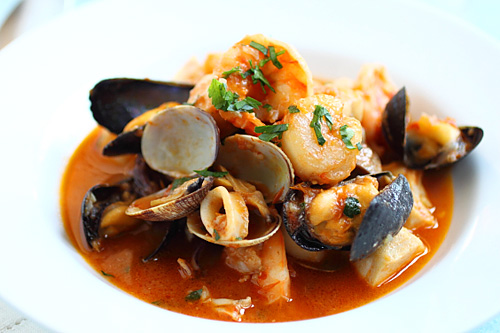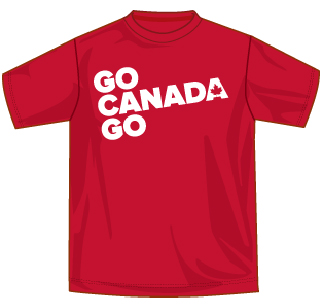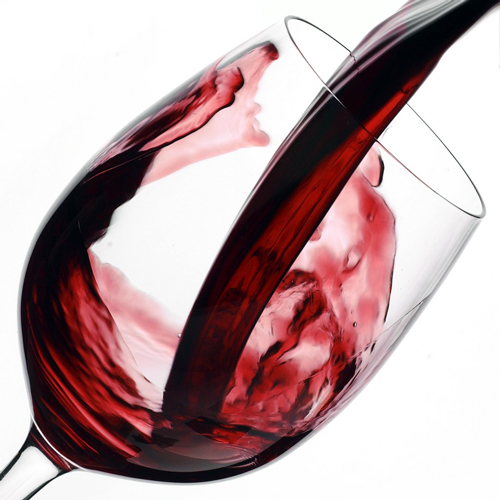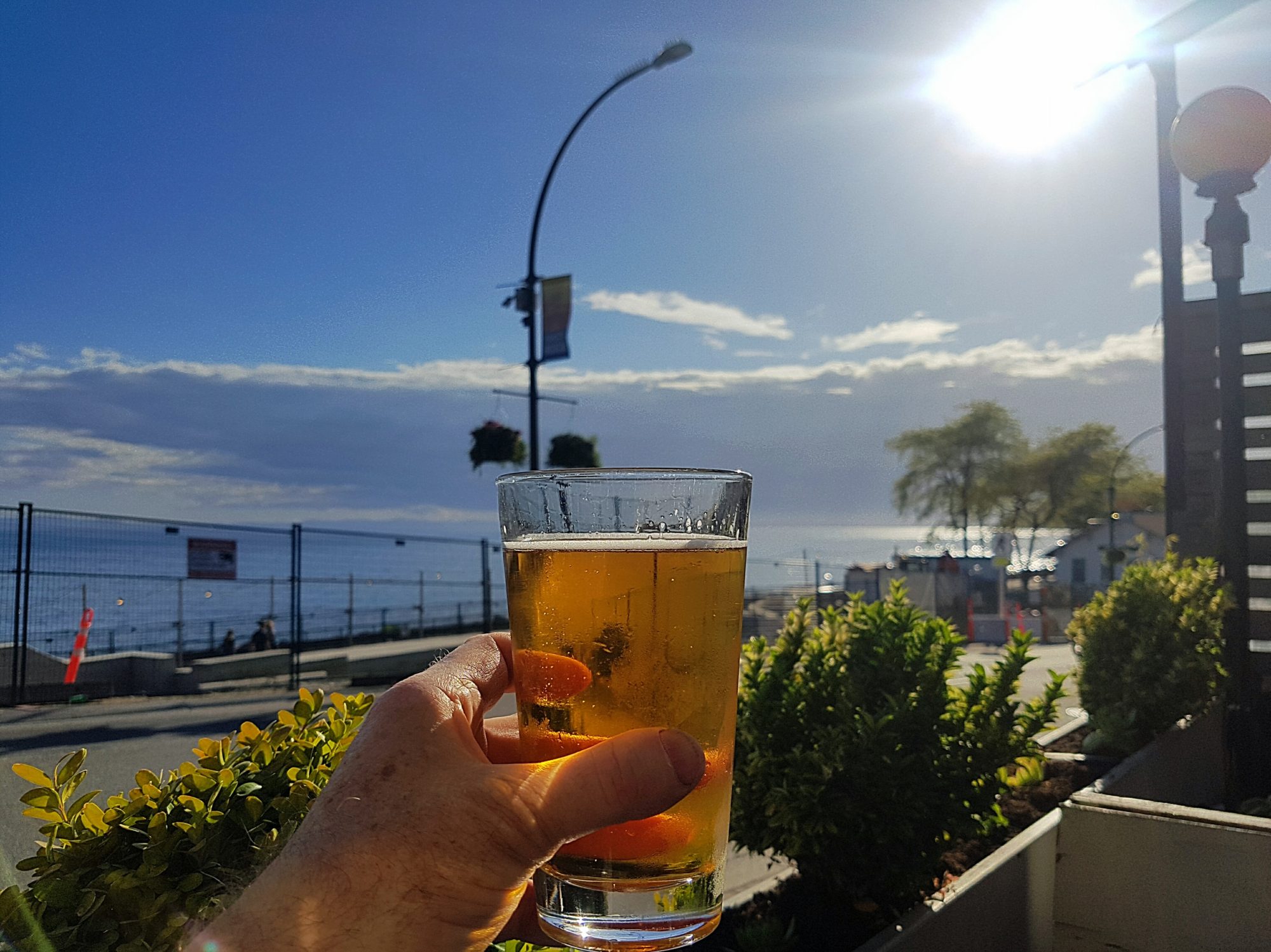
I’m the innocent bystander
Somehow I got stuck
Between the rock
And a hard place
And I’m down on my luck
Yes I’m down on my luck
Well I’m down on my luck
Warren Zevon, Lawyers, Guns and Money
Warren definitely put his finger on it: in the face of intransigent problems sometimes strong solutions are required, like legal advice, firearms, or piles of cash. On the other hand, if you’re on the receiving end of such a solution, sometimes a bit of critical thinking is the best cure you could hope for.
Case in point: a class-action lawsuit has been launched, alleging that “There are very high levels of arsenic in top-selling wine”. According to the CBS news story, BeverageGrades, a company that performs laboratory analysis of wine,
(Hicks) tested more than 1,300 bottles of wine. Almost a quarter of them had levels higher than the EPA’s maximum allowable amount of arsenic in drinking water: 10 parts per billion. No one can say for sure why, but Hicks noticed a pattern.
“The lower the price of wine on a per-liter basis, the higher the amount of arsenic,” he said.
This sounds terribly alarming. And, it gets worse:
CBS News took those results to epidemiologist Allan Smith, associate director of the Arsenic Health Effects research program at U.C. Berkeley.
“These are about two to three times in this particular sample, the drinking water standard, and they vary, they fluctuated, but some of them were up to three, four or five times the drinking water standard,” Smith said.
Smith said 50 parts per billion of arsenic — the highest level found in one of the bottles Hicks tested — can be deadly over time.
Even though “parts per billion” seems like a very small amount, Smith said “Arsenic is highly toxic; it’s astonishing.”
“It has as many effects inside the body as cigarette smoking does,” Smith said.
The obvious conclusion that Hicks and CBS want you to draw is WINE WILL KILL YOU AND EVERYTHING YOU LOVE! PANIC! HURRY UP AND PANIC ABOUT WINE!
It sounds terrible. And it’s meant to, because the guy who helped gin up the lawsuit stands to profit from it. You see, BeverageGrades doesn’t offer lab services for wineries based on their need to make biochemically correct wine. It’s business model is one of ‘certification’. For a fee, they’ll test your wine and reassure consumers that it’s ‘safe’. From their website:
BeverageGrades is a private company offering lab testing, quality assurance and certification of alcoholic beverages for suppliers, restaurants, retailers and ultimately, the end consumer.
But you can’t ask the consumer to pay for the testing–it’s too expensive on an ad hoc basis. So it’s up to BeverageGrades to get money out of wineries. Unfortunately, according to the CBS report
He took the test results to some of those wine companies.
“Most wine companies, when I mention arsenic and wine in the same sentence, literally almost hung up the phone on me,” he said.
The next step, he said, was to supply the data to a law firm.
“He was trying to get their attention; he was trying to blow the whistle on them,” attorney Brian Kabateck said.
Initially this sounds horrifying, and smacks of coverups, shady deals and would seem to suggest a scenario of a crusading laboratory saving the public from a campaign to poison them. But this doesn’t hold up when you start looking at the facts. The first is that BeverageGrades will profit from increased testing using their certification, which amounts to a strong-arm job, or it will profit as a paid expert witness in the lawsuit on behalf of ‘consumers’. To the point, BeverageGrades issued a press release:
BeverageGrades believes that retailers need a screening and certification model that allows them to assure their customers of the purity of all of the alcoholic beverages they sell, and particularly their control or private label brands.
And that is what Hicks sells: relief from fear. If it happens to be the relief of fear caused by an irresponsible and valueless lawsuit that he ginned up with a bent premise, then all the more power to him for a creative way to increase business.
There is some question, however, if he was actually the discreet and altruistic consumer advocate he makes himself out to be. From the very good article by Snopes on this:
Wine Spectator contacted some of the wine brands named in the lawsuit, many of whom stated that Hicks had made no effort to contact them before filing the class action, although he did send out a press release to some wine vendors offering his company’s testing services to them:
[A wine company] spokesman said he had not heard of any named winery contacted by Hicks before the lawsuit was filed. The same day the suit was filed, BeverageGrades sent a press release to certain retailers offering its services for a “screening and certification model that allows them to assure their customers of the purity of all the alcoholic beverages they sell.”
Well, well, well.
A very troubling issue is the conflation of safe standards for arsenic for water and for wine. There is no federally mandated standard for wine. Sure, drinking water is set at 10 PPB, and the average adult drinks two litres of water per day, and furthermore uses the water to cook, make other beverages, and to wash and bathe. It makes sense to set drinking water standards very low.
However, anybody drinking two litres of wine per day, and using it exclusively to cook, make coffee and bathe is living a very odd lifestyle. They’ll be dead of acute alcohol poisoning or the effects of chronic overconsumption of alcohol before there are any measurable effects from arsenic on their system, so comparing water to wine is a waste of time.

And the amount of arsenic you could consume in wine isn’t even in the same league as other sources. For instance, the FDA limit for daily inorganic arsenic intake from shellfish (mussels, clams, and oysters) is 30ppm (parts per million) versus 30ppb (parts per billion) in apple or pear juice. That’s right: you can consume one thousand times more arsenic in a bowl of cioppino than you can from a juice box–or a glass of wine.

Interestingly, Canada has a standard for Arsenic in wine: 100 PPB. I haven’t been able to find out how that level was determined, but for the moment I’m assuming “common sense”, based on levels cited for drinking water extrapolated for wine consumption’. According to Stephen Cater, director of quality assurance for the Liquor Control Board of Ontario:
In the past year alone, the LCBO quality assurance laboratory tested more than 11,900 wines for arsenic levels, including 1543 wines from California. All of the wines from California that the LCBO lab tested and subsequently offered for sale were below the maximum allowable limit for arsenic. We have not observed elevated arsenic levels in US wines compared to what is found in wines from other regions and countries.
11,900, last time I checked, was a much higher number than the 1300 Wicks tested, and the fact that world wines are comparable to US wines is significant, since you’d expect to see a spike if indeed cheap US wines were heavily contaminated.
Which brings us to the bottom line: is this a real story, or is it a health panic induced by an unscrupulous laboratory and a predatory lawyer, for their personal profit? That will have to come out in court because you can bet there will be counter-suits for damages and some serious legal scrapping.

What we can tell right now is this: the amount of arsenic in wine won’t materially contribute to the overall levels of arsenic taken in by the average consumer, unless they’re actively trying to kill themselves with wine. Should we be concerned about the food and drink we consume? Always! But there’s a time to panic and a time to use common sense and reason to navigate the world, and this is one of the latter.
Now if I may be excused, I’m going to go drink an entire bottle of wine, because I feel I may be low on important trace elements, like happiness, contentment and joy.
Update, 3/21/15:
Days late yet still contributing to the spread of Hick’s misinformation scaremongering, Mother Jones wrote yet another non-journalistic, click-bait ‘article’ with a terroristic headline. If you’d like to share the disdain, you can read it here.
At least the person who cut and pasted the clickbaitery published an addendum. Here it is:
Wine industry groups have begun to contest the lawsuit’s contentions and motive. The California wine trade group, the Wine Institute, released a statement saying, “While there are no established limits in the U.S., several countries, including the European Union, have established limits of 100 parts per billion or higher for wine. California wine exports are tested by these governments and are below the established limits.” A representative of The Wine Group, one of the defendants, says that the plaintiffs “decided to file a complaint based on misleading and selective information in order to defame responsible California winemakers, create unnecessary fear, and distort and deceive the public for their own financial gain.”
Small mercies.

Sounds almost like the way the
FraudFood Babe does business, doesn’t it?“is this a real story, or is it a health panic induced by an unscrupulous laboratory and a predatory lawyer, for their personal profit”
Is that a real question?
I would like to see Bronco sue the lab and the lawyer for tortuous interference and business libel.